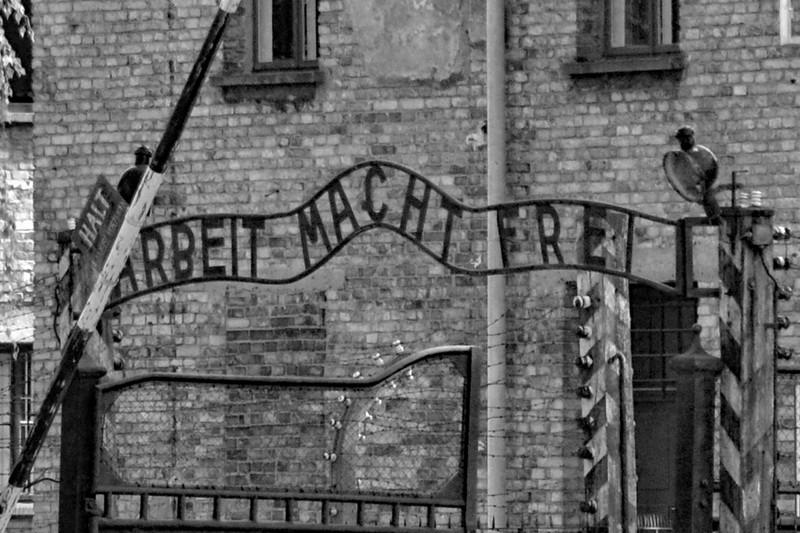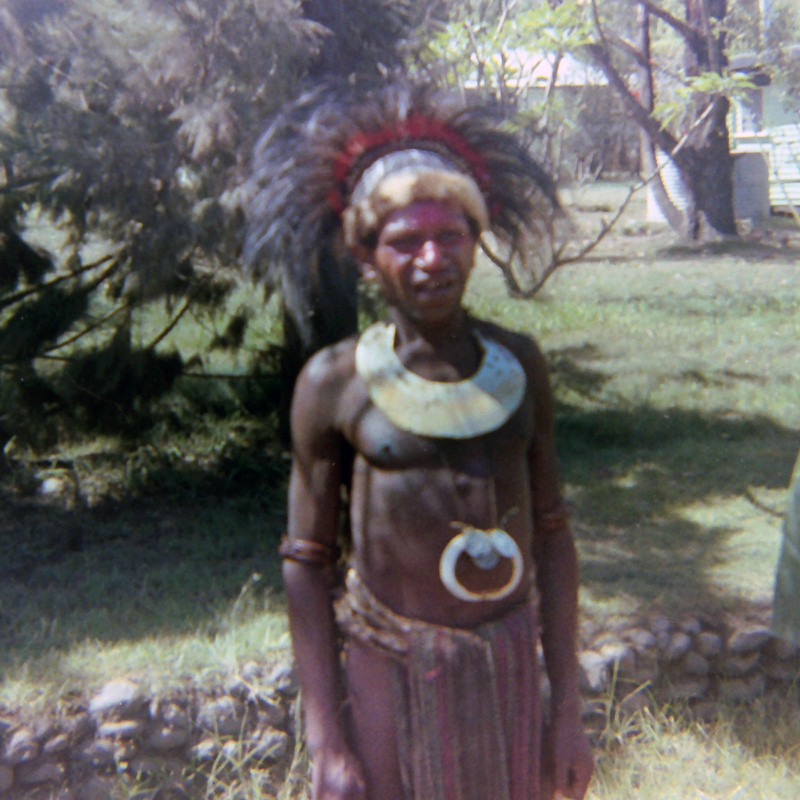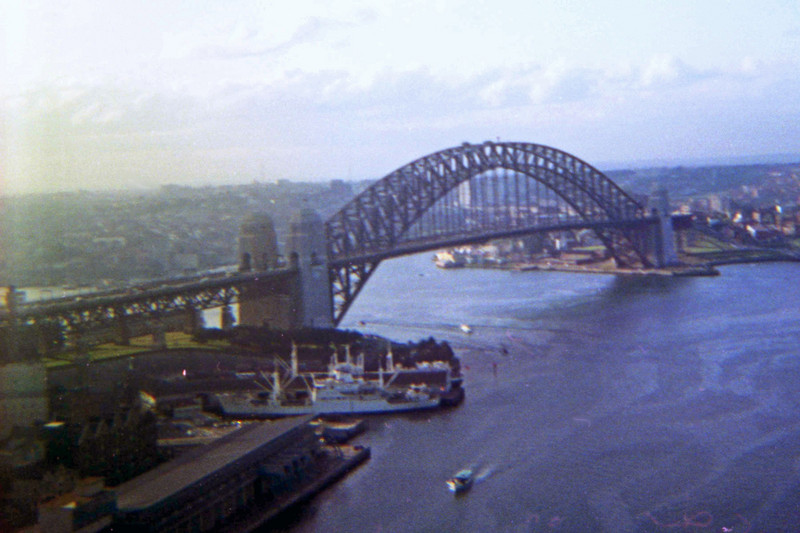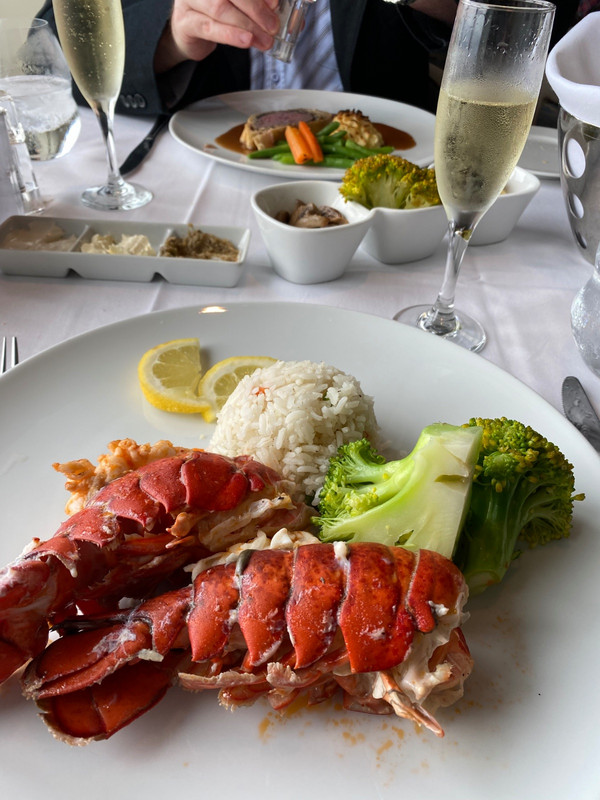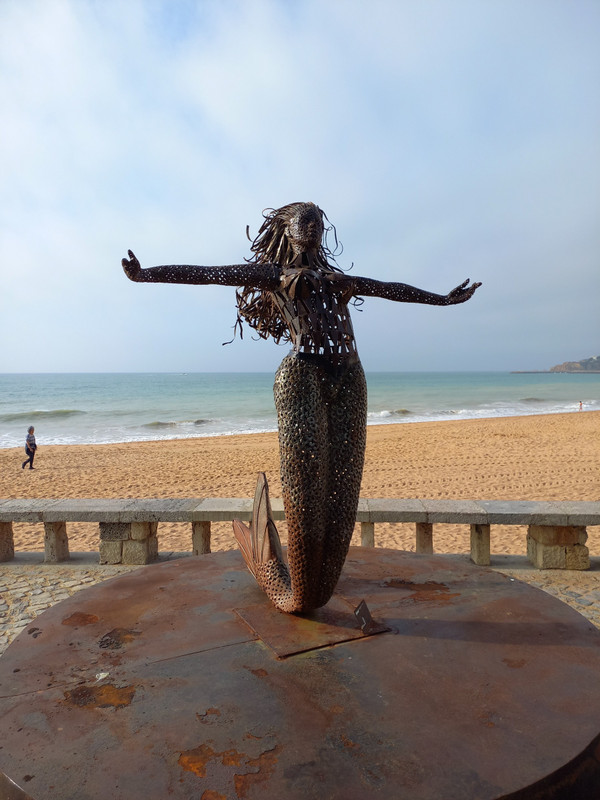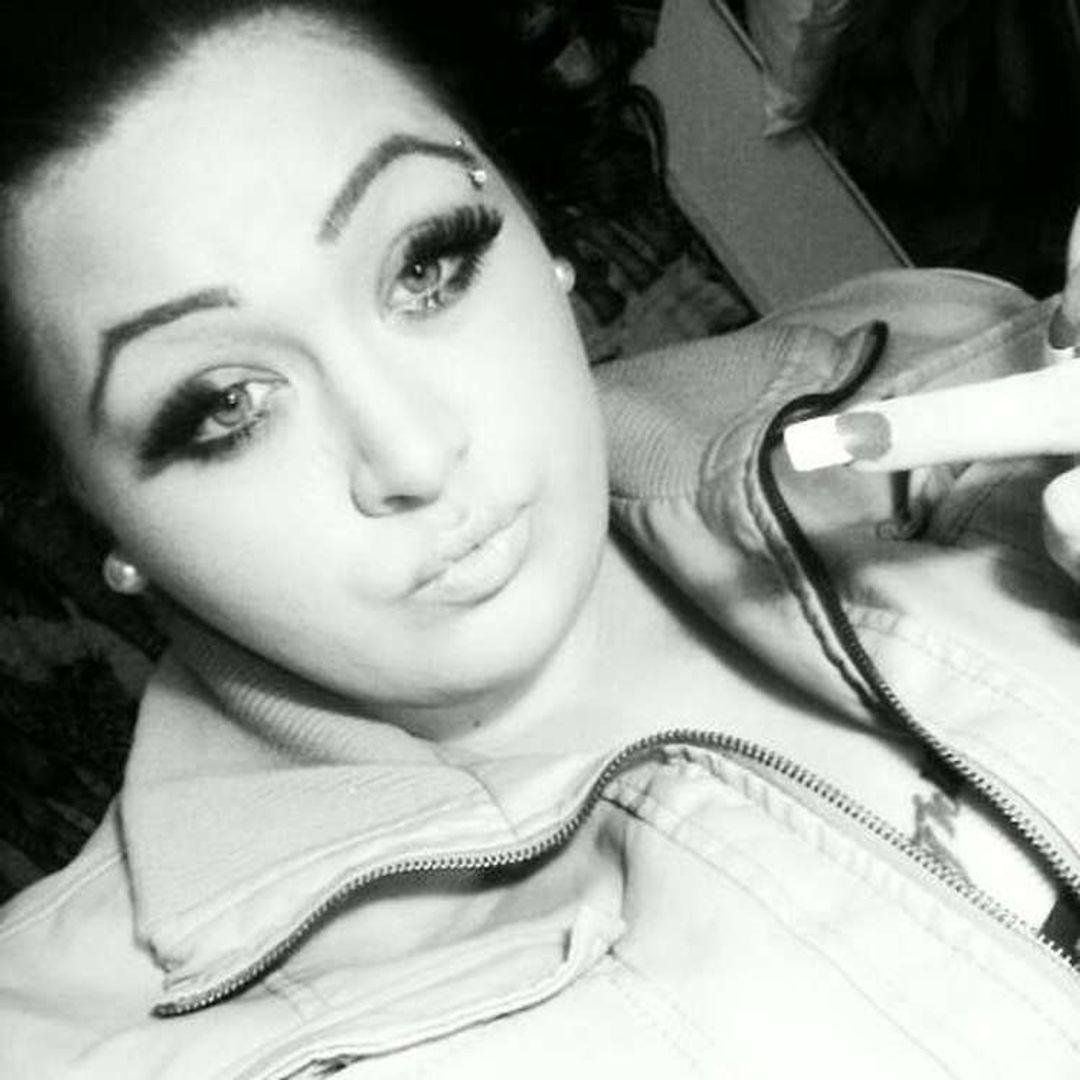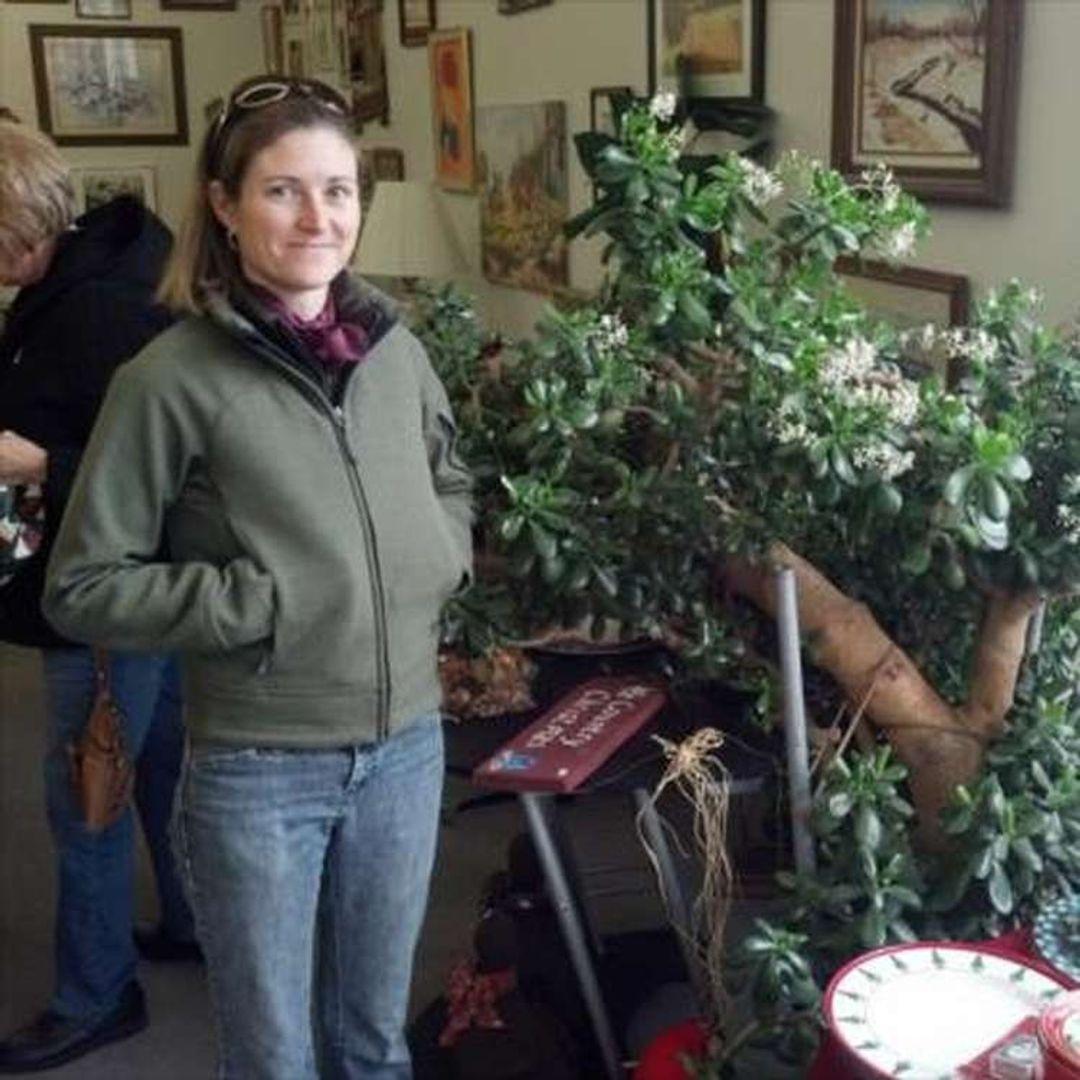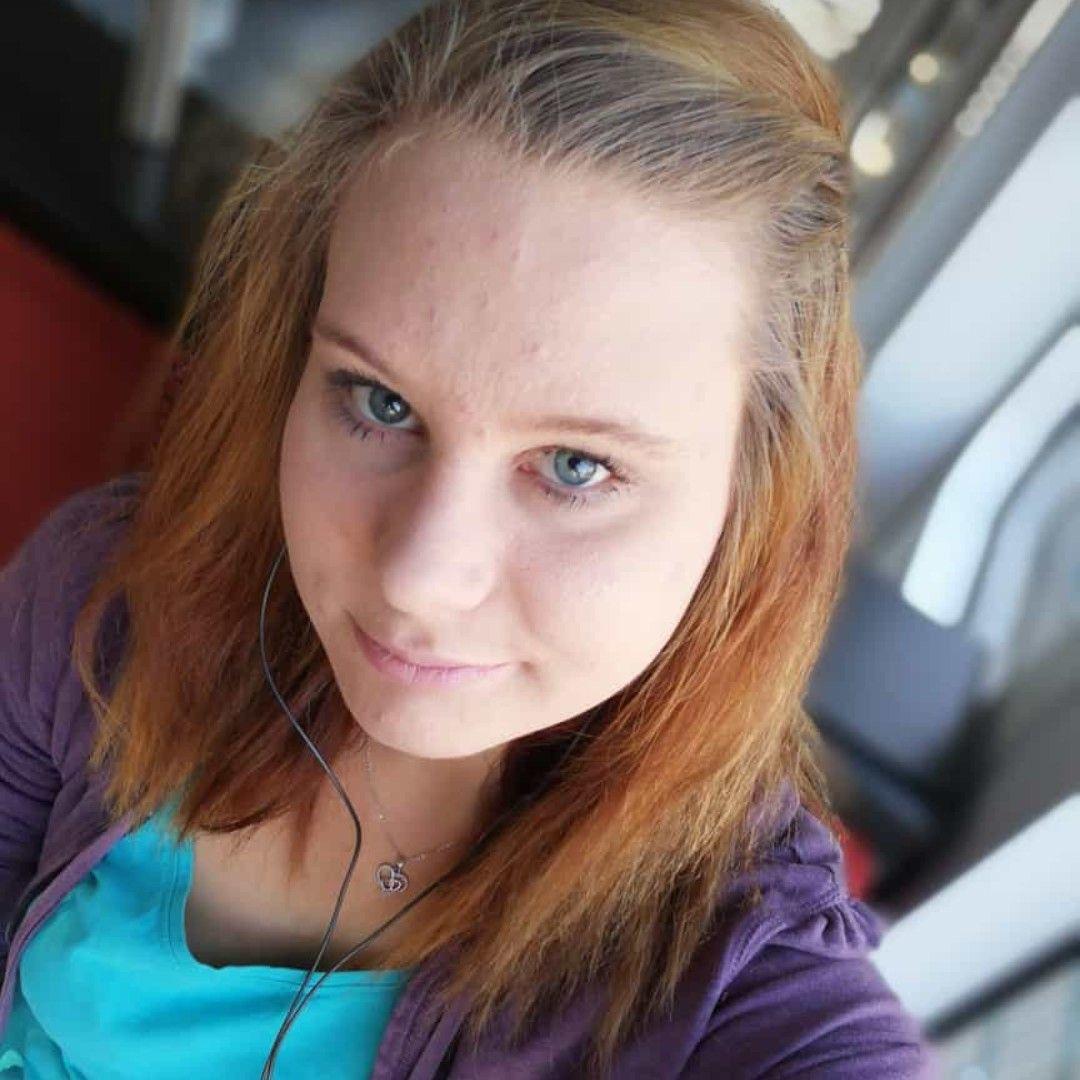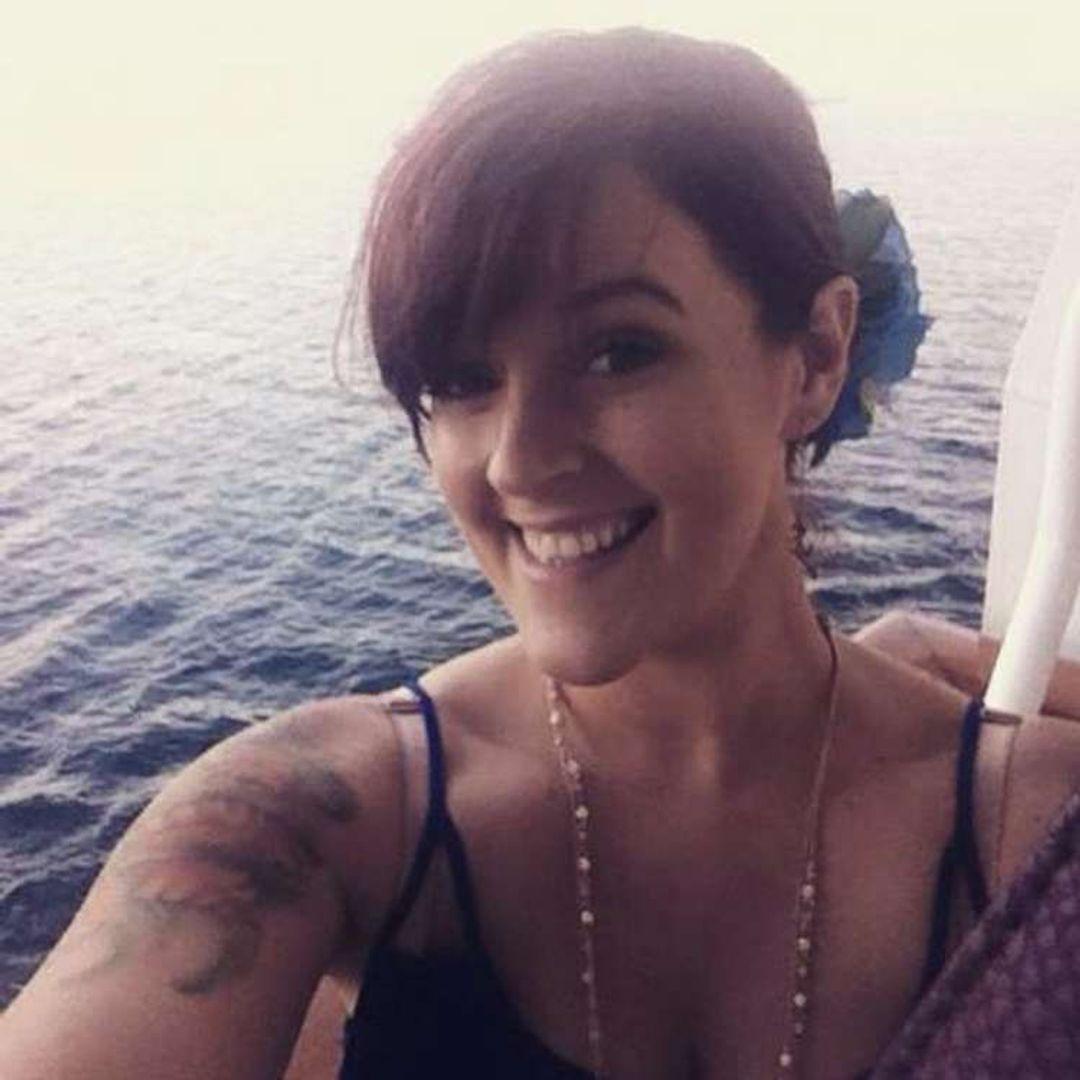Auschwitz I concentration camp. The Arbeit Macht Frei sign at the entrance to the camp. Auschwitz Birkenau: German Nazi Concentration and Extermination Camp UNESCO World Heritage site, inscribed in 1979. DSC_0776bw2
Today was our visit to the Auschwitz concentration camp. A somber day, but a must. The name Auschwitz itself conjures up the Holocaust and its horrific images.
Oświęcim is about an hour and a half drive from Krakow. It is and was a railway center, with connections east to Krakow, west to Wrocław (once Breslau) and Berlin and south to Vienna. Thus the town was selected as a central place to which to transport people which was removed from heavily populated areas. A Polish army barracks had been established at Oświęcim before the war. These brick buildings became Auschwitz I.
Nearing Oświęcim, the tour bus again crossed the Vistula, the river that ties Polish history together. Off to the right was the railway bridge and at that moment a passenger train was on it. A reminder of how straightforward it was to reach the town by rail. Once in town, the route to the Memorial and Museum took us by the modern passenger station and railway yard.
The museum at the Auschwitz I camp site is a large modern building, though some of the original camp receiving structures have been incorporated into it. Along the parking lot
Wooden guardhouse at the entrance gate to the Auschwitz I concentration camp. It is adjacent to the Arbeit Macht Frei sign. Auschwitz Birkenau: German Nazi Concentration and Extermination Camp UNESCO World Heritage site, inscribed in 1979.DSC_0776p1
are reflective the countries and organizations that have contributed to the preservation of the camp site. The queue to enter the Auschwitz I site forms directly across from the infamous Arbeit Macht Frei sign. You try to get a sense of the place just waiting to view it. Then you walk under the sign and through the gate to enter the camp. Beyond the gate, the brick buildings give the surprising initial appearance of ordinariness. They do look like barracks. Then one begins to learn the story. The first building passed is Bock 24. This was the Dollhouse, the camp brothel where selected women were forced to prostitute themselves. Some of the blocks remain set up as cells. They were vastly overcrowded, and some had ceilings so low prisoners could not stand. Prisoners were starved to death in isolation cells. Other blocks are set up as testimonial exhibits. One shows the methodical nature of Nazi record keeping. Records were kept of prisoners names and arrival dates. Records were kept of supplies received, like counts of Zyklon B containers. There is an exhibit on the Kapos, the trustees. There are maps showing were prisoners came from. The camp
Auschwitz I concentration camp. Entrance gate and Block 24 (the Dollhouse). The Auschwitz I camp began in June 1940 with the use of a former Polish army barracks. Prisoners built additions to the existing barracks buildings and new brick cellblocks. The building immediately at the entrance is Camp Block 24, known as the Dollhouse. It was used as the camp brothel. Guards and selected trustees were allowed to visit it. The greatest camp population was 18,000 prisoners in 1944. One must think of this number of people held in a relatively small space of 24 adjacent cellblocks. Auschwitz Birkenau: German Nazi Concentration and Extermination Camp UNESCO World Heritage site, inscribed in 1979.DSC_0777p1
was used at first for Polish political prisoners, but soon expanded to include Jewish people, Roma, homosexuals and Soviet prisoners of war. Jews were by far the largest population imprisoned. Large display cases show the luggage, shoes, hats, clothing, and personal items all taken from prisoners. The displays are filled with such Nazis had taken away possessions and warehoused them all. Hair shorn from prisoners occupies an entire wall. the display of childrens stuffed animals and toys.
